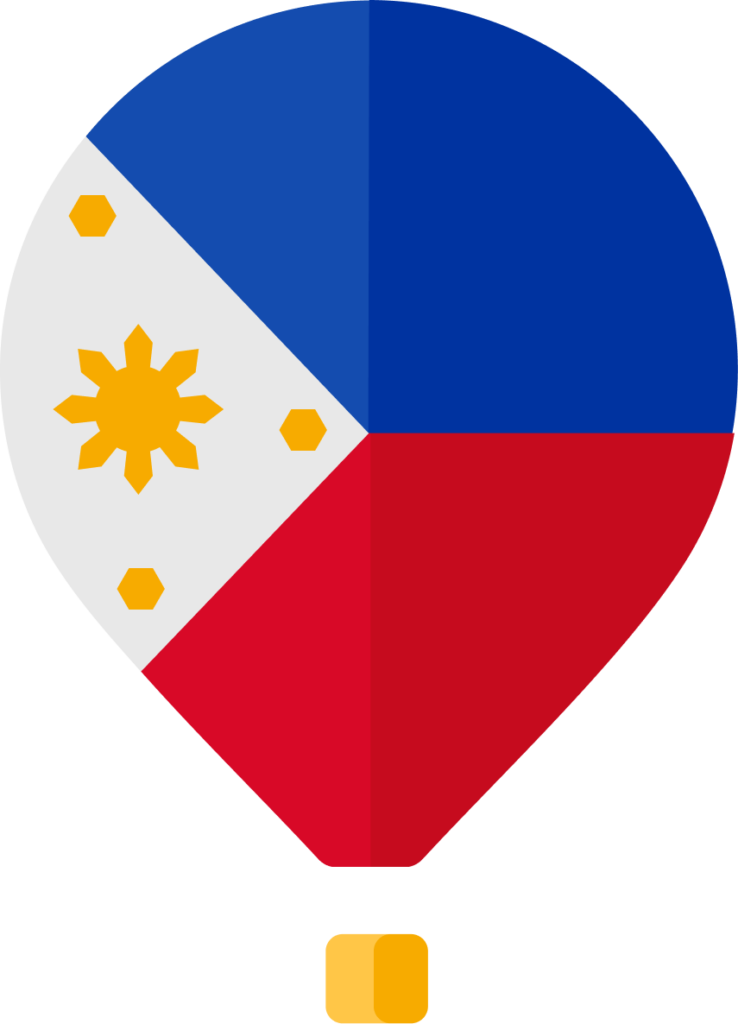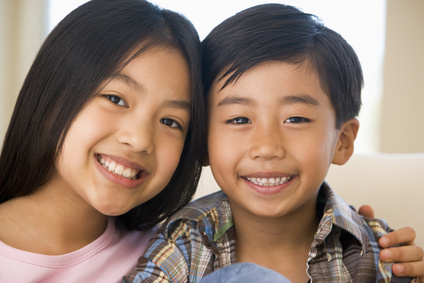Children’s Day
Annually August 29th, children put on shows, city wide parades and festivals, adults dress up to entertain the children; a holiday specifically for children is held in high regard to show appreciation for the innocence of the youth in the Philippines.

